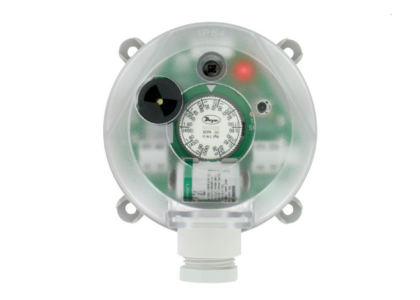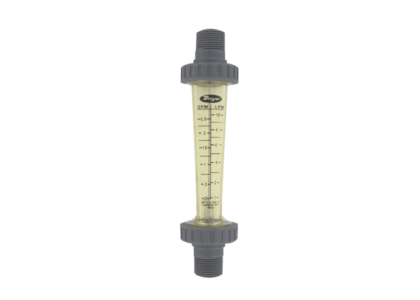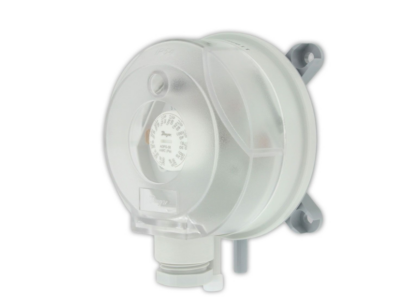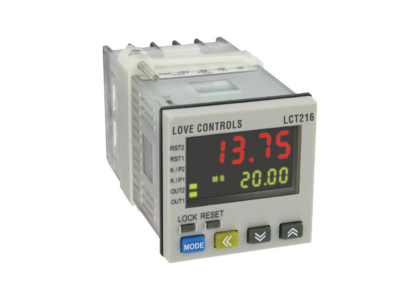The concept of disaster-proofing supply chains has become increasingly critical in today’s unpredictable world. Natural disasters, pandemics, and other unforeseen events can disrupt the flow of goods and services, leaving businesses scrambling to adapt. This blog explores the difference between expectations and reality in disaster-proofing supply chains, particularly in the context of fear stemming from potential disruptions.
Understanding Supply Chain Disruption
Supply chains are the backbone of modern commerce, encompassing the entire process from raw materials to the final product reaching consumers. However, disruptions can occur due to various factors, including natural disasters like earthquakes, floods, or pandemics like COVID-19. These disruptions create an imbalance between supply and demand, leading to significant financial losses and operational challenges for companies.
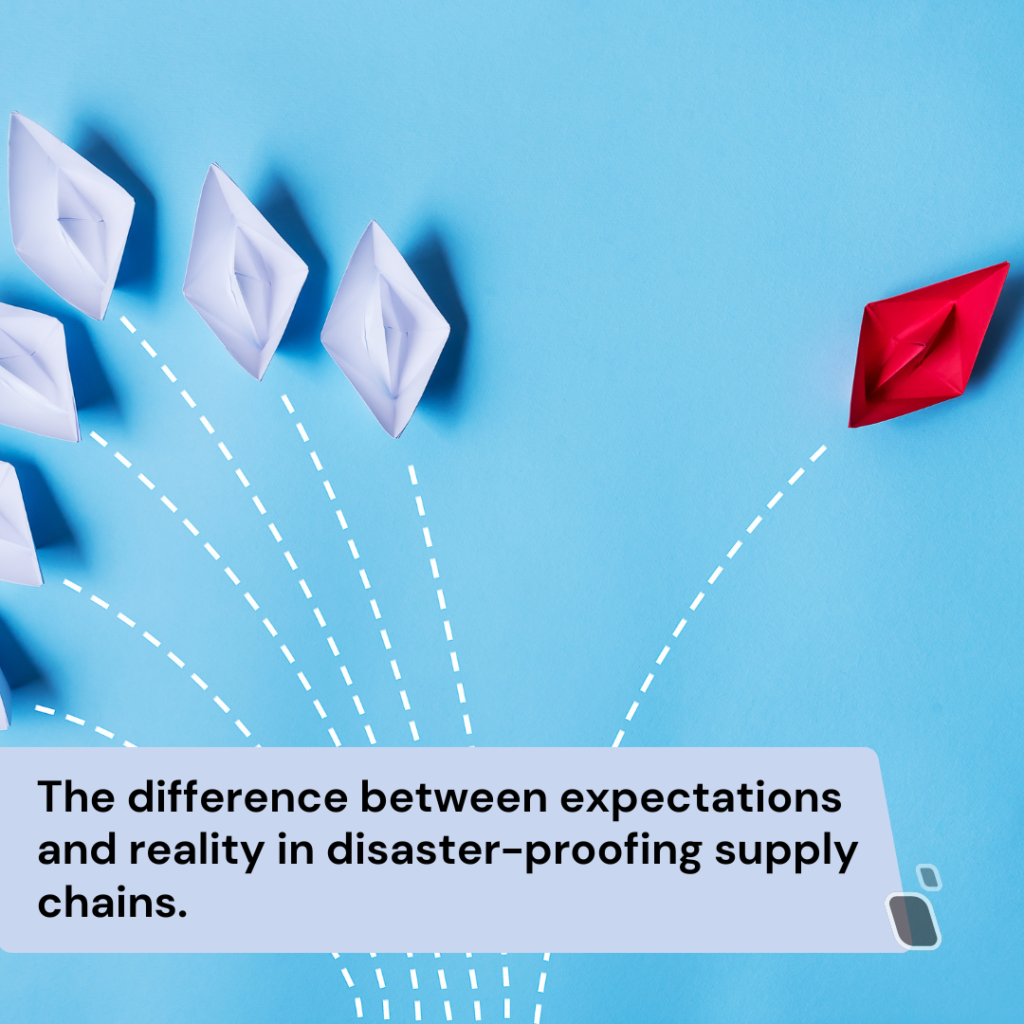
For instance, during the 2011 earthquake and tsunami in Japan, Toyota faced severe disruptions that resulted in a production loss of over 140,000 vehicles and a profit decline of more than 30%. Such examples highlight the stark reality that companies often underestimate the impact of potential disasters on their supply chains.Expectations vs. Reality in Disaster-Proofing
Expectations
Many businesses operate under the assumption that their supply chains are robust enough to withstand disruptions. They invest in efficiency and responsiveness, believing that these attributes will shield them from unforeseen events. Companies may create elaborate plans, conduct risk assessments, and even invest in technology to enhance visibility across their supply chains.
For example, a company might expect that by implementing a Business Continuity Plan (BCP) and investing in technology for early detection of disruptions, they will be prepared for any eventuality. They envision a scenario where, upon detecting a disruption, they can quickly pivot and minimize the impact on their operations.Reality
However, the reality often falls short of these expectations. Many companies lack the necessary infrastructure and flexibility to respond effectively to disruptions. According to research, less than 25% of Fortune 500 companies are adequately prepared to handle supply chain disasters. This lack of preparedness can lead to severe consequences, including loss of revenue, market share, and consumer trust.
For instance, when a fire at a semiconductor plant in Albuquerque destroyed crucial components for Nokia and Ericsson, Nokia's proactive response allowed them to quickly source alternatives and continue shipments on time. In contrast, Ericsson's delayed response resulted in a staggering loss of $2.34 billion due to component shortages and poor market positioning. This example illustrates how expectations of preparedness can be shattered by the harsh realities of inadequate response mechanisms.
The Role of Technology in Bridging the Gap
One of the key areas where expectations and reality diverge is in the use of technology. Many companies believe that simply implementing advanced technologies will automatically lead to improved disaster resilience. While technology can enhance visibility and communication within supply chains, it is not a panacea.
For example, after the collapse of the Francis Scott Key Bridge in Baltimore, companies that had invested in real-time visibility technology were able to quickly assess the impact on their supply chains and make necessary adjustments. Those without such capabilities struggled to respond effectively, leading to delays and increased costs.Example of Effective Use of Technology
Consider a company that sells electronics. They may use a supply chain management platform that provides real-time tracking of shipments and inventory levels. When a natural disaster strikes, this technology allows them to quickly identify affected shipments and reroute orders as necessary. This proactive approach minimizes disruptions and helps maintain customer trust.
However, if a company relies solely on technology without fostering a culture of collaboration and communication among its teams, the technology alone may not be enough to mitigate the impact of a disaster.
Building Resilience Through Flexibility
To truly disaster-proof a supply chain, companies must embrace flexibility. This means being willing to adapt operations and strategies in response to changing circumstances. A rigid supply chain is more vulnerable to disruptions, while a flexible one can pivot quickly to address challenges.
For instance, a food supply chain that relies on a single supplier for a key ingredient may face significant challenges if that supplier is impacted by a natural disaster. In contrast, a company that diversifies its supplier base and maintains relationships with multiple sources can better navigate disruptions and continue operations.Practical Steps for Businesses
- 1. Develop a Comprehensive Risk Assessment: Identify potential risks to your supply chain and assess their likelihood and impact. This should include natural disasters, geopolitical risks, and other factors.
- 2. Invest in Technology for Visibility: Utilize supply chain management software that provides real-time data on inventory and shipments. This will enable quicker responses to disruptions.
- 3. Foster Collaboration: Encourage communication among teams and with suppliers. A collaborative approach allows for faster decision-making and problem-solving during crises.
- 4. Create a Flexible Supply Chain: Diversify suppliers and maintain relationships with multiple sources. This flexibility will help mitigate the impact of disruptions.
- 5. Regularly Update Plans: Disaster preparedness plans should be living documents that are regularly reviewed and updated based on new risks and experiences.

